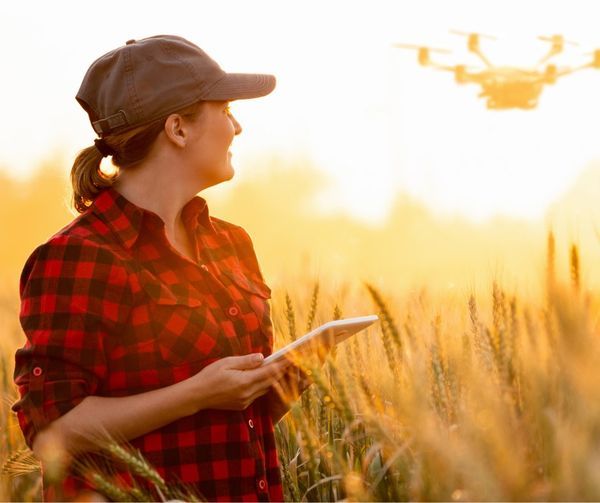The Civil Aviation Safety Authority (CASA) has proposed amendments to CASR Part 101 and Manual of Standards (MOS) applicable to unmanned aircraft and rockets (PP 2107US). The review is designed to keep pace with growth and demand in the sector and ensure effective and efficient safety regulations for all airspace users and the community.
The Australian Association for Uncrewed Systems (AAUS) is encouraging its members to review and comment on the proposals. AAUS has proactively engaged with CAA through the ASAP Part 101 Technical Working Group and identifies some important proposed changes for all sectors of the remotely piloted (RPAS) and drone industry.
CASA has commenced the regulatory post-implementation review (PIR) of Part 101 of CASR and its MOS. The aim of the PIR is to recognise what:
- is working well
- could work better
- will be needed in the future to support the rapidly evolving environment.
In addition to Part 101 of CASR and its MOS, CASA also administers several legal instruments in the form of:
- directions
- exemptions
- approval conditions.
The proposed amendments seek to streamline these instruments to create a set of regulations and standards, with built-in flexibility, and provide clarity and consistency for industry.
Improvements have been identified through several sources, including:
- structured policy review and regulatory development within CASA
- formal and informal feedback from industry, Airservices Australia, the recreational sector and the public.
The proposed new rule set/standards
The proposed amendments will affect all types of aircraft and rocket operators under Part 101 of CASR. The proposed changes will:
- have far-reaching positive effects for operators
- increase regulatory efficiencies
- reduce red tape, cost, and administrative burden on industry.
Benefits include:
- using automated systems for low-risk regulatory decision-making
- accurate data points for the measurement of 3NM from controlled aerodromes in CASA-verified drone safety apps
- creating a more efficient and streamlined regulatory suite by integrating several exemptions and other instruments, clarifying definitions, and reducing duplication and conflicting requirements
- deregulating indoor (enclosed) operations, providing further opportunities for operators by reducing red tape and the requirement for additional approvals (i.e. 30 metre rule), and aligning model aircraft and RPA regulations for enclosed operations
- directly supporting innovative operations, such as research, development and testing, through increased flexibility to assess and approve novel operations and technological advancement
- reducing record keeping requirements for low-risk operations and defining ‘significant change’ for operations manuals
- adoption of gender-neutral language
- clarifying requirements across Part 101 of CASR and its MOS.
CASA anticipates making of the proposed rules from September 2022, some of which will come into effect shortly after. The feedback we receive from this consultation will also assist CASA in developing adequate implementation and transition timeframes.
CASA proposes a transition period for some of the proposed CASR and MOS amendments to ensure that industry has sufficient time to adapt to the new requirements. Timeframes may change depending on the date the draft rules are signed, registered and implemented by CASA.
CASA will monitor and review the new rules during the transition phase and on an ongoing basis. We will also continue work on further proposed changes to the Part 101 of CASR regulations and MOS to support unmanned aircraft operations.
Consultation closes 7 February 2022
(Image: CASA)
For more information visit:




